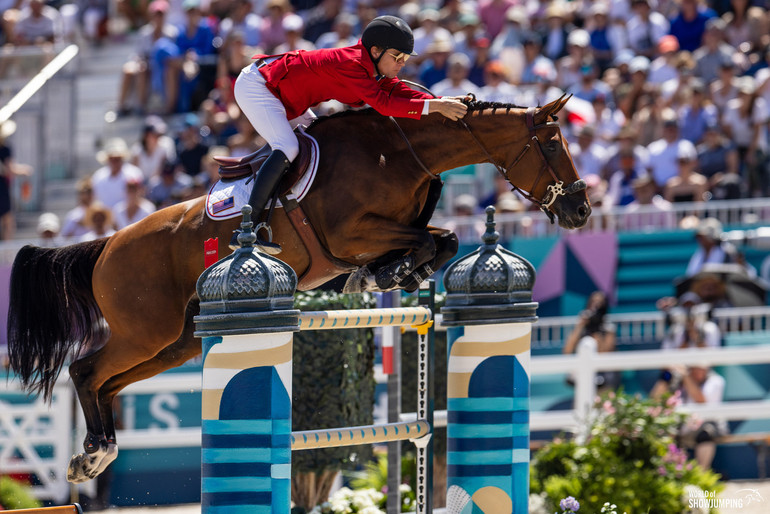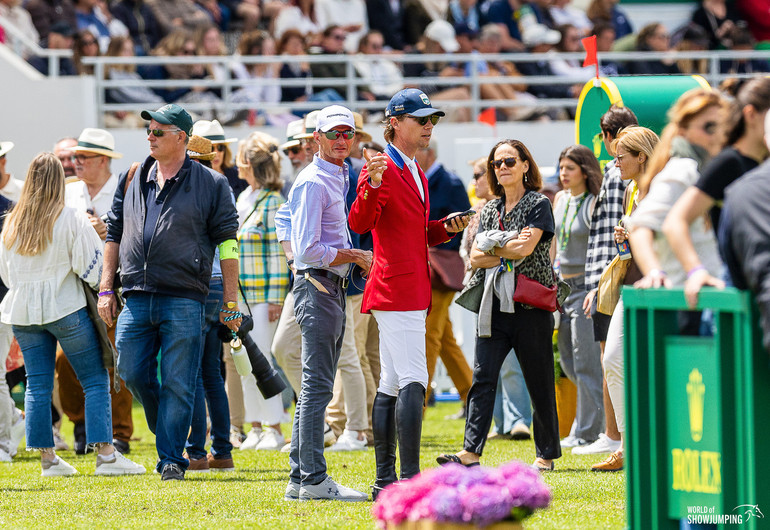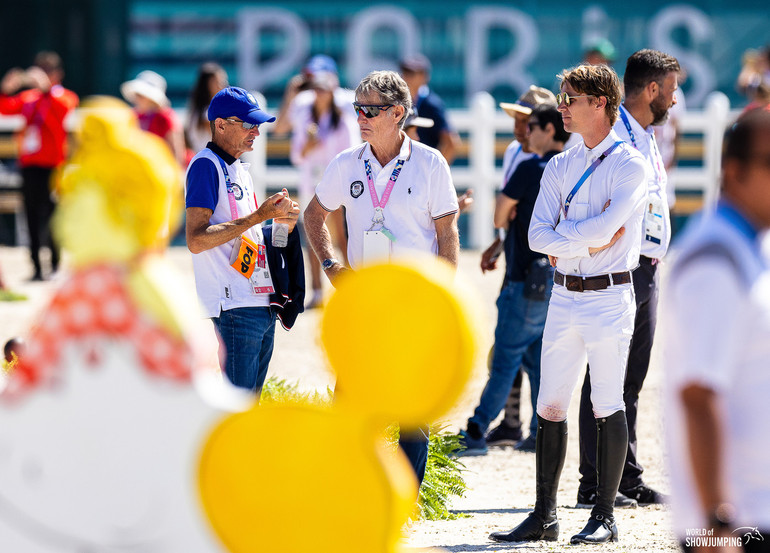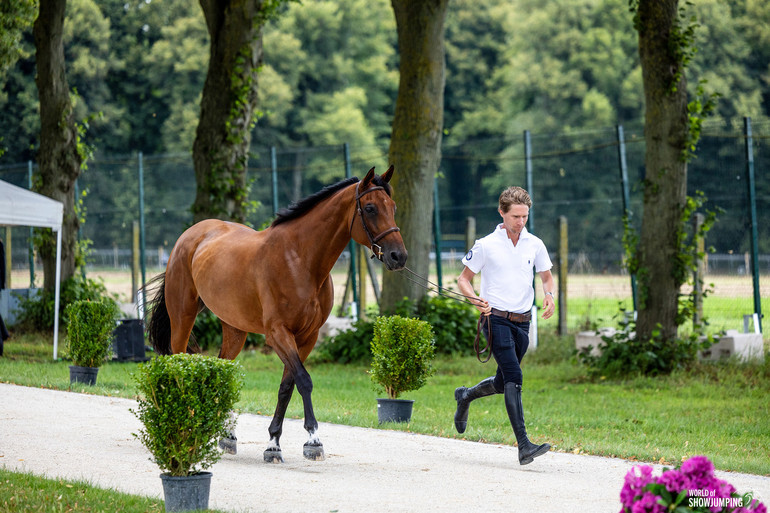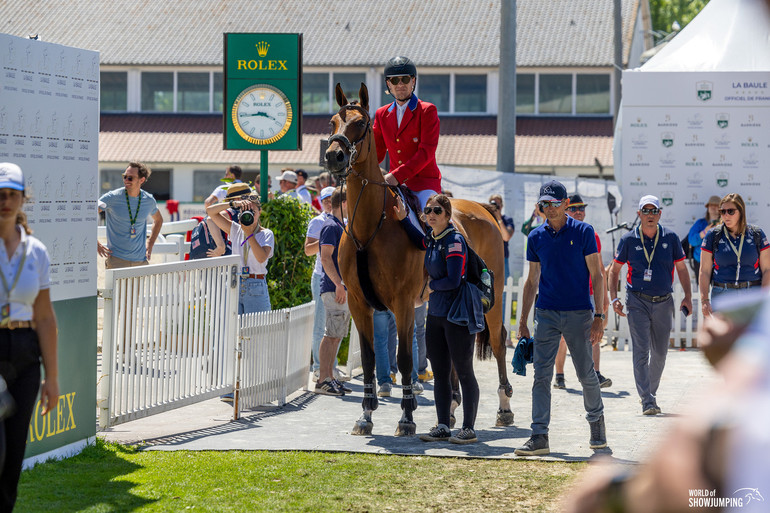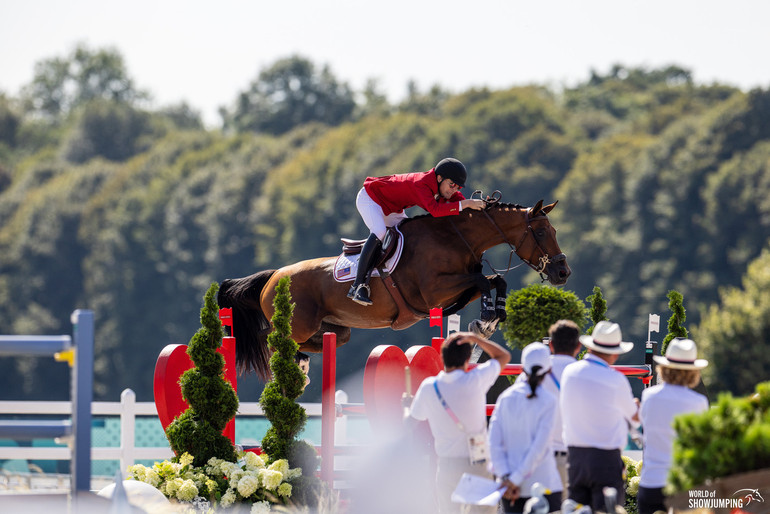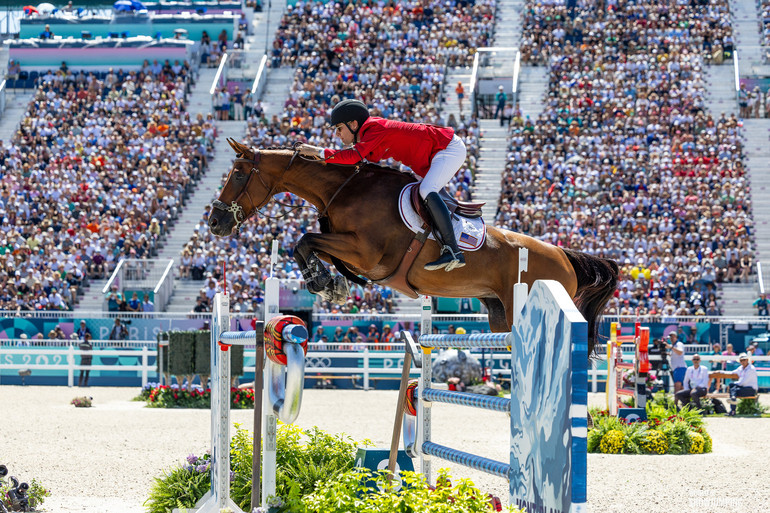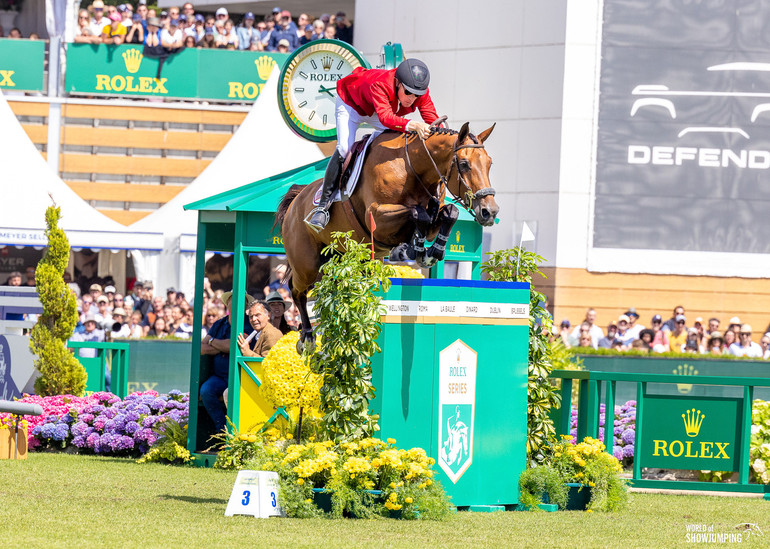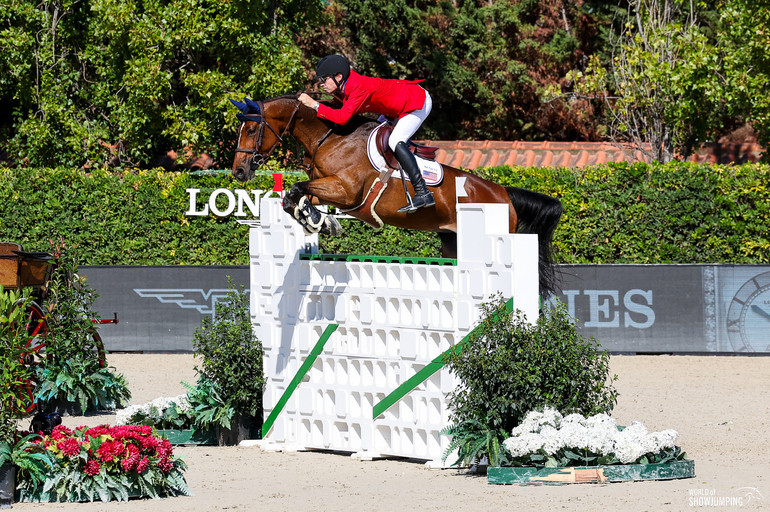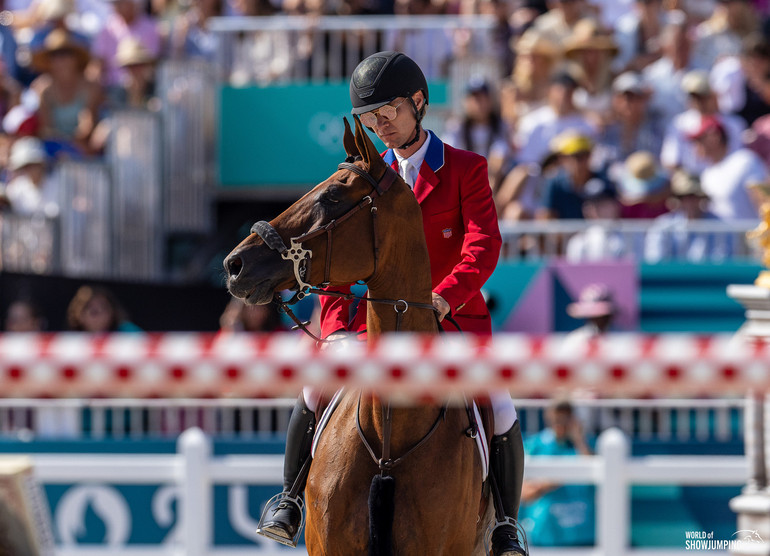Text © World of Showjumping
“I'm here to win, not just to participate,” Karl Cook tells World of Showjumping. “I love the challenge of trying to form a competitive partnership with a horse. However, at the end of the day, if at one point I end up not showing anymore, I would still keep riding. I could just as well take my horses on trail rides and still have fun with them, because I'm simply better as a person the more time I spend around my horses.”
Currently ranked 54th on the Longines Rankings, Cook – riding Caracole de La Roque (Zandor x Kannan) – was a part of the U.S. team that took silver at the Paris Olympic Games this summer. Last year, Cook and Caracole were also part of the American squad that claimed team gold at the 2023 Pan American Games in Santiago, Chile.
To World of Showjumping, the 34-year-old tells how horses have helped him improve problematic personality traits, why paying close attention is key to success and how he is taking full advantage of his freedom by being vocal – for the betterment of the sport.
From backyard ponies to a total switch
Karl grew up with horses in the backyard. “In the 80s and 90s, my mother Signe showed in small classes, and then started to own horses for other people,” Karl explains. “Having horses around was something I got used to early on. When I was eight, I got a pony – My mini Milton – and I showed him in pony jumpers. From there on it just kept going.”
Until 2012, Karl trained with Butch Lu and Guy Thomas in California – who had also coached Karl’s mother in the past. “In 2012, I started to work with Eric Navet and I've been working with him since,” Karl tells about the French legend who has had a huge impact on the American rider’s career.
Training with Eric was a complete switch for me
“I worked with my previous trainers for about 13 years, and I've been training with Eric for 14 years now, so I’ve only ever had these two systems,” Karl continues. “I know it is rare to have that sort of structure, but for me, it worked well with my first trainers and when we were able to work with Eric that was an obvious decision. Eric is amazing, he is everything that people know him as. In my opinion, he is the best rider that has ever lived. He has taught me everything that I do now, I've been completely changed by him. That was something I decided going in; I didn't want him to just make a couple of changes, I needed him to make a change. Training with Eric was a complete switch for me.”
And change is never easy… “Even if you want complete transformation, you fight it a little bit because humans don't remodel that well,” Karl explains. “Eric is so amazingly patient, and always correct. And over time, I did change. I got better, and we got better horses. However, it took years – because I needed to get better and I needed time for Eric to help me get there. We didn't just walk in with amazing horses and try to go show, not at all. It was about teaching me how to be better first. Now, things are working in a certain way, but for so many years it was just about keeping my head down and work.”
Fixing a major fault
“I can be very – I would say – intense,” Karl tells about a characteristic that has been the biggest challenge in his conscious effort of evolving not only as a rider but as a person as well. “I want things to work, so when that is not the case, I can get frustrated. However, that doesn't work with horses. If you get frustrated with a horse, they don't understand that emotion.”
I had to learn how to understand when I'm frustrated and adjust my output reaction
“I had to learn how to understand when I'm frustrated and adjust my output reaction,” he continues. “And that takes a while, because how do you train reactions? A reaction, that's the hardest thing to train. Actions are simple, because it's something you decide to do, but a reaction is a lot harder. Learning to control my reactions took a lot of time. However, it needed to happen; it was a major fault in me as a person and in my horsemanship. It needed to change and so we pushed to change it.”
For years, Karl worked with Eric on a daily basis. “Eric moved to San Diego where I am based and lived here until the end of 2022, when we changed the format. We still talk during every show week and if there's a multiple week break of showing, we talk about how the horses are doing and the preparation for the shows that are coming. For the very big shows, Eric comes out and we work together in person, because his experience and knowledge are critical.”
Combining the best to treat the horses correctly, intelligently and respectfully
Based at his family’s farm in San Diego, Karl currently has a string of eleven horses. Throughout his years working with Navet, Karl has carefully created a system that he believes in, combining the knowledge of Navet with that of the former French team vet Philippe Benoit in every aspect of his program.
It's easy to buy horses, but it's hard to have a really great program where you treat the horses correctly, intelligently and respectfully
“In my opinion, Philippe is the best sports vet there is, just like I believe the same about Eric in his field,” Karl says. “Bringing these two people together, I wanted to make the best program because in a lot of ways it's easy to buy horses, but it's hard to have a really great program where you treat the horses correctly, intelligently and respectfully. The latter is actually hard, and buying horses just isn't. It's hard to find the money to buy horses, but that is a different question than buying horses. Therefore, we focused on creating a good program.”
“We built a program where we are ahead of problems the vast majority of the time,” Karl continues. “There's always chances where something is a surprise – that's horses, they will come up with something out of nowhere – but we built the veterinary care in with the entire program. Our vets are involved in the feeding, they are involved in the exercise, they are at the shows – everything is integrated. That allows us to not treat the horses in a reactionary way where you wait for a problem, then you treat it. We do everything so that we stay ahead of those problems and as a byproduct, we don’t have to treat the horses as much.”
Pay attention
“I feel like most people who ask what is most important in our program assume that if they do one thing, they will get success,” Karl says when asked to explain the essence of his program. “What is most important in my program might only be 10% of the whole, but I would say to pay attention – deeply.”
You need to have a consistent program and change one thing at a time until you get it right
“It's easy for me to say, but hard to do. You also need to be disciplined, so that every day, you treat the horse the same. As an example, when the horses get fed, they get fed within 10 minutes. You have to feed on time, every day, and you need to feed the same weight every day. You need to shoe them on schedule – whatever your schedule is. There's no buffer window; they need to get shod when they need to get shod. And, horses need to be worked properly and the work needs to be consistent.”
“I think what's most important is to be incredibly proficient at following the details that you feel are essential,” Karl points out. “Because then you could say, OK, well, let me change this one detail, but keep everything else the same – and that way you can problem solve. That's how you get better; by solving problems without changing too many things, and by knowing what you did. There are so many variables; you need to have a consistent program and change one thing at a time until you get it right.”
The rollercoaster ride of Versailles
With the U.S. team, Karl and Caracole de La Roque jumped to team silver at the 2024 Paris Olympics Games. Traveling to Versailles as the alternate pair, Karl had gone through a turbulent qualifying process – to say the least. “We had a big issue in the run-up towards the Games when Kalinka was not fit enough to compete and I had to rely on Caracole,” Karl explains. “Back then, we had not been very good in the team events – it was just straight up bad. I think the Pan American Games was probably the worst week of my entire life.”
Paris was an amazing week until I failed miserably in the last round
However, Karl and Caracole made the team and in Versailles, they were called to action when Kent Farrington’s Greya was hit with an allergic reaction ahead of the team qualifier. “Even though we were the alternates, our goal was to be ready if we got called. We felt ready and once we were called in, we yielded what we had trained for.”
“Paris was an amazing week until I failed miserably in the last round,” Karl says, referring to the individual final where he missed out on a jump-off for the medals. “Obviously, it was great that we got team silver, but having a horse who I know would have been clear and then to make a rough rider error as I did, that's emotionally painful. It takes every day to deal with it. Caracole would have been clear; she didn't want anything to do with those poles, and I have to live with that mistake.”
Guiding Caracole and Kalinka
Despite their short time together, Caracole and Karl currently rank as the 3rd best horse-and-rider combination in the world. In November, they won the inaugural Longines FEI Jumping World Cup™ in Los Angeles (USA), to cap off a year that also saw them top the CSIO5* Grand Prix in Rome (ITA) and claim second in the CSIO5* Rolex Grand Prix in La Baule (FRA).
They are both careful and you just have to let them run; all I get to do is guide
“Caracole, she's amazing,” Karl says fondly about the charming bay mare that he took over from France’s Julien Epaillard in the summer of 2023. “She was amazing before we ever got her. I had to learn how to ride her because she's so unique in the way she goes. Sometimes you get on a horse and you know exactly what to do, but with Caracole, it has been about me learning her. Obviously, everyone knows she is great and it took time for me to adjust, but once we got there, things have been extremely good. She is just such an athletic horse, but more than anything, she is smart. If you ask her to turn, you will turn 180° before you can look. I think what makes her great is how mentally impressive she is.”
Kalinka van’T Zorgvliet (Thunder vd Zuuthoeve x Flipper d’Elle) has been a great horse for Karl as well, and, unintentionally, prepped him well to ride Caracole. “We bought Kalinka hoping that she would be a successful 1.45m horse and we exceeded that estimate quite strongly. She is a big bay mare and even though she might be classic built, you can't really control her with a traditional style of riding. You kind of just have to ride the wave, and having that with Kalinka helped me with Caracole, because she's the same; you can't control her. They are both careful and you just have to let them run; all I get to do is guide.”
Walking and talking
Karl stands out from the crowd for many reasons – one of them being his candid monologues in social media. “I started ‘Walking and talking’ by accident,” he tells about the origin of a video series on Instagram where he in front of the camera – often with a glass of whiskey at hand – unpacks whatever he feels needs unpacking, be it his latest round, or a FEI proposal. “I was literally walking back from a Grand Prix, from the arena to the stables, walking and talking. It was a way for me to review my own round,” he tells about a random Instagram story that turned into a weekly thing.
I have been immensely fortunate with the opportunities I've had, to learn from the people I've been able to learn from
“Having to speak out loud about your round or about your feelings makes you think differently,” Karl explains. “You might think that if you speak out loud, it's the same as your internal dialogue – what goes on in your head – but it's not. If you have to say words out loud, you think about those words and you think about what led to your feelings. Me having to speak out loud about the Grand Prix that just happened was helpful for me and I felt like it was helpful for other people as well. Very few top riders actually talk about their own feelings in public.”
“I have been immensely fortunate with the opportunities I've had, to learn from the people I've been able to learn from, and with ‘Walking and talking’ I wanted to make what I have learned and what I feel more accessible to others. For me, it took a lot to learn and succeed, both in time and in expense. We were able to do that as a family, but if that is required in general to make the sport better, then our sport will fail. I wanted people in the sport to have an option of learning more from a high-level rider – that thought has guided ‘Walking and talking’ for the past three years.”
“I want people to see what we do,” Karl points out. “There are no secrets, there are no tricky things, we don't go in the back at home and jump a bunch of awful fences. I believe there are a lot of riders now that can be used as a vessel to better our sport. The more people feel like we are trying to hide, the more it harms the sport as a whole. We should be able to say ‘this is what we do, this is why we do it, and this is the result we get’. I believe that openness is better and benefits everyone. However, I am sure there will be some people who disagree with that.”
I have a scenario where I can be as open as I want
“The majority of riders have one owner or multiple owners and it is harder for them to be as proactive because if they're too loud, or if they're too out there, that can hurt their main business, which is riding,” Karl points out. “It is not their fault that they are not more proactive, it is a symptom of a very common situation. I have a scenario where I can be as open as I want. Often, what I hear when I speak with other riders is that they don't always feel that it is right for them to speak up.”
Karl is not only walking and talking, he is actually walking the talk: Currently, he is working on getting two rule proposals through to the FEI. “A rule change that I'm trying to get through right now is a ban on showing when it’s too hot, and another one for a certain limit on air quality,” he tells. “I'm from California and we have a bunch of fires and in other parts of the world there are other causes of pollution. What people seem to forget is that air affects horses much more than it affects people. When horses compete, they have so much more air going through their lungs than we do and we shouldn't be forced to show when it's too hot or when the air quality is not adequate. There are many other changes I think would be needed as well, but these two are very simple ideas.”
Looking for the boundary of greatness
When it comes to the future, Karl has his eyes set on the next opportunity to take another go at Olympic glory. “After the Games this year, obviously the 2028 Olympics at home are a major goal,” he says.
I want to focus on getting more consistent
“Overall, I want to focus on getting more consistent – even if it's consistently bad, at least consistent! If things are inconsistent, then it's really tough to work upwards. I believe we are in a very good place now, but there is always room to get better. We have a whole bunch of work that we are doing right now; we are looking for the boundary of how good we can get in caring for our horses.”
“One thing that I always do if anyone asks me how to get better, is I give them a list of books to read,” Karl concludes. “Do that, if you really, actually, want to learn. I wish more people in our sport would read, because you can learn to ride and care for a horse with books, and it's so much cheaper. I've learned so much by reading, and I keep two books in my trunk all the time. They go to every show with me, and they are by the same author – Jean-Marie Denoix. One of them is his latest anatomy book, I've read it a million times. You're looking at diagrams and pictures of muscles that are labeled, you can see where they connect and you can start to figure out how you could help your horse by riding better. Every horse person needs those two books.”
10.12.2024 No reproduction of any of the content in this article will be accepted without a written permission, all rights reserved © World of Showjumping.com. If copyright violations occur, a penalty fee will apply.



